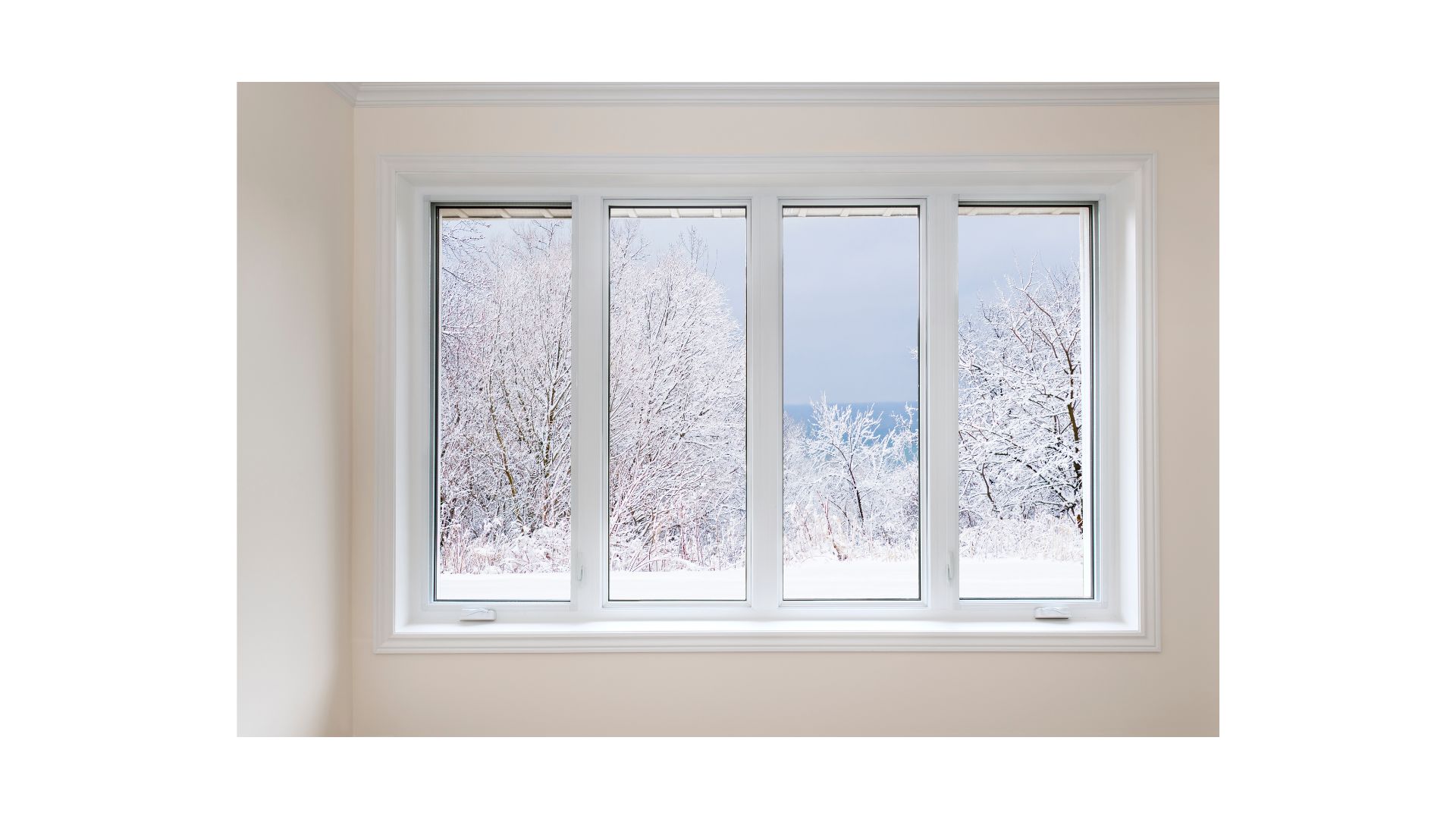
Incorporating Sliding Windows Into Modern Architecture
In a world where architectural innovation is ceaselessly pushing boundaries, the incorporation of sliding windows has emerged as a hallmark of modern design. Gone are the days of static facades and rigid structures; today’s architects are embracing the dynamic versatility of sliding windows to redefine space, light, and connectivity within buildings. In this blog post, we delve into the fascinating realm of incorporating sliding windows into modern architecture. From sleek urban residences to sprawling commercial complexes, these adaptable openings are revolutionizing the way we interact with our built environment. Join us as we explore the myriad benefits, creative possibilities, and ingenious applications of sliding windows in shaping the architectural landscape of the 21st century.
- Incorporating Sliding Windows Into Modern Architecture
- Embracing Versatility: The Many Faces of Sliding Windows
- Seamless Indoor-Outdoor Transitions: Blurring Boundaries with Sliding Windows
- Space Optimization: Maximizing Efficiency with Sliding Windows
- Integrating Technology: Smart Solutions for Modern Living
- Sustainable Design: Harnessing the Power of Natural Resources
- Bringing the Outdoors In: Embracing Nature with Sliding Window Designs
- Expanding Horizons: Opening Up Interior Spaces to the Great Outdoors
- Natural Light Infusion: Maximizing Daylight for Health and Wellness
- Seamless Integration: Harmonizing Indoor and Outdoor Aesthetics
- Al Fresco Living: Extending Living Spaces into the Open Air
- Climate Control: Balancing Comfort and Environmental Responsiveness
- Customization and Creativity: Designing with Sliding Windows
- Conclusion
Incorporating Sliding Windows Into Modern Architecture
In the dynamic world of modern architecture, where innovation and functionality intersect, the incorporation of sliding windows has emerged as a game-changer. Gone are the days of traditional fixed-pane windows; sliding windows offer a contemporary solution that seamlessly integrates form and function. From maximizing natural light to enhancing spatial flexibility, these sleek features have become a hallmark of modern architectural design. Join us as we delve into the transformative impact of sliding windows on the architectural landscape.
Embracing Versatility: The Many Faces of Sliding Windows
Sliding windows are not one-size-fits-all; their versatility allows architects to tailor designs to suit various aesthetic preferences and functional requirements. Whether opting for horizontal or vertical configurations, floor-to-ceiling installations, or multi-panel designs, the possibilities are endless. This flexibility empowers architects to create spaces that reflect the unique vision of each project while maximizing the benefits of natural light and ventilation.
Seamless Indoor-Outdoor Transitions: Blurring Boundaries with Sliding Windows
In the pursuit of creating fluid, interconnected spaces, sliding windows play a pivotal role in blurring the distinction between indoor and outdoor environments. By effortlessly sliding open to reveal expansive vistas, these windows invite the outdoors in, fostering a sense of continuity and harmony with the surrounding landscape. Whether in residential homes, commercial spaces, or hospitality venues, the ability to seamlessly transition between interior and exterior spaces enhances the overall experience for occupants and visitors alike.
Space Optimization: Maximizing Efficiency with Sliding Windows
Space is a precious commodity in modern architecture, and sliding windows offer a practical solution for maximizing efficiency without sacrificing comfort or style. Their sleek, space-saving design allows for more flexible floor plans and layouts, particularly in compact urban settings where every square foot counts. Whether used in small apartments, office buildings, or retail establishments, sliding windows help architects optimize space utilization while still providing ample natural light and ventilation.
Integrating Technology: Smart Solutions for Modern Living
As technology continues to shape the way we interact with our built environment, sliding windows are evolving to offer smart solutions for modern living. From motorized mechanisms that enable effortless operation to integrated sensors that adjust ventilation levels based on environmental conditions, these windows are becoming more intuitive and user-friendly. By seamlessly integrating technology into architectural designs, sliding windows enhance comfort, convenience, and energy efficiency for occupants.
Sustainable Design: Harnessing the Power of Natural Resources
In an era of increasing environmental awareness, sustainable design practices are paramount in modern architecture. Sliding windows play a crucial role in promoting sustainability by harnessing the power of natural resources such as sunlight and fresh air. Their expansive glass surfaces maximize daylighting, reducing the need for artificial lighting and lowering energy consumption. Additionally, strategic placement of sliding windows facilitates natural ventilation, promoting passive cooling and reducing reliance on mechanical HVAC systems.
Bringing the Outdoors In: Embracing Nature with Sliding Window Designs
In the pursuit of creating spaces that inspire and rejuvenate, architects are increasingly turning to innovative design strategies that blur the boundaries between indoor and outdoor environments. Among these strategies, the incorporation of sliding window designs has emerged as a powerful tool for bringing the outdoors in. By seamlessly integrating expansive glass panels that slide open to reveal panoramic views, architects are harnessing the beauty of nature to enhance the quality of interior spaces. Join us as we explore the transformative impact of sliding window designs on embracing nature within architectural settings.

Expanding Horizons: Opening Up Interior Spaces to the Great Outdoors
Sliding window designs offer an unparalleled opportunity to expand the horizons of interior spaces, inviting the beauty of nature to permeate every corner of a building. Whether installed in residential homes, commercial offices, or hospitality venues, these windows create a seamless transition between indoor comfort and outdoor splendor. With a simple slide, occupants can immerse themselves in the sights and sounds of the surrounding environment, fostering a sense of connection and wellbeing.
Natural Light Infusion: Maximizing Daylight for Health and Wellness
Natural light is not only aesthetically pleasing but also essential for promoting health and wellness within interior spaces. Sliding window designs maximize the infusion of daylight, flooding rooms with sunlight and reducing the reliance on artificial lighting sources. This not only enhances the visual appeal of a space but also contributes to improved mood, productivity, and overall wellbeing for occupants. By harnessing the transformative power of natural light, sliding windows create environments that are both uplifting and invigorating.
Seamless Integration: Harmonizing Indoor and Outdoor Aesthetics
One of the key strengths of sliding window designs is their ability to seamlessly integrate with both indoor and outdoor aesthetics. Whether surrounded by lush greenery, urban skylines, or coastal vistas, these windows serve as visual conduits that frame and enhance the natural surroundings. Architects can play with materials, finishes, and configurations to ensure that sliding windows complement the architectural style and landscape features, creating a cohesive and harmonious design scheme.
Al Fresco Living: Extending Living Spaces into the Open Air
Sliding window designs enable architects to redefine traditional notions of indoor and outdoor living by seamlessly blending the two realms. With the ability to fully open large expanses of wall, these windows transform interior spaces into extensions of the outdoor environment, blurring the distinction between inside and outside. Whether used in living rooms, kitchens, or dining areas, sliding windows facilitate al fresco living experiences that celebrate the joys of outdoor living while maintaining the comforts of home.
Climate Control: Balancing Comfort and Environmental Responsiveness
While embracing nature is a central tenet of sliding window designs, architects must also consider the importance of climate control and environmental responsiveness. Advanced technologies such as thermally broken frames, low-emissivity coatings, and insulated glazing units ensure that sliding windows maintain optimal thermal comfort levels year-round. Additionally, strategic placement of windows allows for natural ventilation, promoting airflow and reducing the need for mechanical cooling systems, further enhancing energy efficiency and sustainability.
Customization and Creativity: Designing with Sliding Windows
In the realm of modern architecture, customization and creativity are paramount. Sliding windows offer architects a canvas upon which to unleash their imagination, with endless possibilities for design innovation. From sleek, minimalist profiles to bold, statement-making features, these windows can be tailored to suit any aesthetic vision, while still delivering on functionality and performance.
- Versatile Configurations: Sliding windows come in a variety of configurations, including horizontal and vertical orientations, single or multi-panel designs, and corner units. This versatility allows architects to adapt the windows to fit the unique needs and style of each project.
- Material Options: Whether it’s sleek aluminum frames, warm wooden accents, or industrial-inspired steel, the choice of materials for sliding windows can dramatically impact the overall look and feel of a space. Architects can explore a range of materials to achieve the desired aesthetic while ensuring durability and performance.
- Custom Finishes: From matte black to brushed bronze, the finish of sliding window frames can add a touch of personality and sophistication to any design. Architects can experiment with custom finishes to create visual interest and complement other architectural elements within the space.
- Integrated Features: Sliding windows can be equipped with a range of integrated features, including built-in blinds or shades, motorized operation, and security enhancements. These features not only enhance the functionality of the windows but also offer opportunities for customization and personalization.
Conclusion
Incorporating sliding windows into modern architecture offers a seamless blend of functionality and aesthetics, redefining the essence of contemporary design. EZ Window Solutions of Beachwood stands at the forefront of this architectural innovation, providing solutions that harmonize with the evolving needs of urban living. By seamlessly integrating sliding windows, they not only enhance the visual appeal of structures but also optimize space utilization and promote energy efficiency. With a commitment to quality craftsmanship and customer satisfaction, EZ Window Solutions of Beachwood exemplifies the transformative potential of incorporating sliding windows into the architectural landscape, shaping a future where form and function coalesce effortlessly.


Write a Comment